Wap Welcome to visit Love Fishing
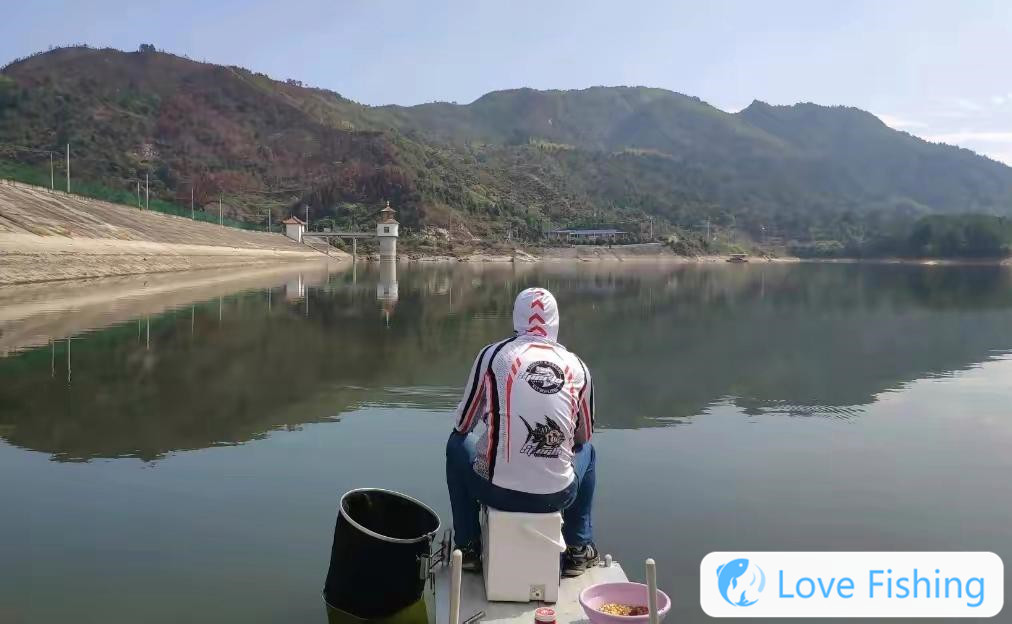
Every early summer, the temperature will basically become very high, and breams will become quite active as the temperature rises. As a fisherman, of course, I would not miss this great opportunity to fish for bream. Although breams are easy to catch this season, some aspects need to be paid attention to when fishing breams. Let’s talk about how to fish in early summer in detail.
Bream is a middle and lower layer of fish with a wide distribution range and generally grows in some waters such as rivers, lakes, reservoirs, ponds, etc. Breams have poor low oxygen resistance, and most prefer to live in the middle layer of water or places with more aquatic plants. The most suitable survival temperature for bream-friendly variable temperature fish is 20 to 28 degrees Celsius, and the critical feeding temperature is 11 to 32 degrees Celsius. As long as the water temperature is between 11 degrees Celsius and 32 degrees Celsius, a certain appetite can be maintained. When the water temperature is around 22 degrees, bream has the strongest appetite, which is also the best time to fish for bream.
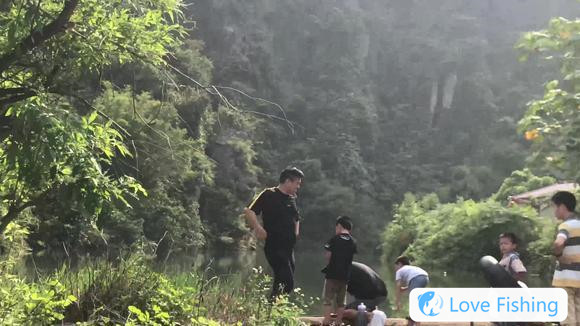
Bream is an omnivorous fish mainly based on herbivorous food. It mainly feeds on the rhizomes, buds, fruits and algae of aquatic plants. It also likes to eat sweet potatoes and mulberry fruits, and sometimes also eat earthworms, shrimps and plankton in the water. Border fish are herd fish and like to move in groups. Once food is found in the water, they will end up grabbing food. Breams are very sensitive to temperature and air pressure. Within the range of 28 degrees, the higher the water temperature, the stronger the appetite, but when the temperature exceeds 28 degrees, the enthusiasm for food will become lower. Therefore, the best time to fish for bream in early summer should be the right temperature. In the morning and afternoon, the specific time can be from 8 am to 12 noon, and from 4 pm to evening. These time periods are very good time to fish bream. Although side fish are more resistant to high temperatures, they are afraid of weather with lower air pressure. So when fishing for bream, we should choose weather with higher air pressure. Generally speaking, the air pressure is around 1000 hPa.
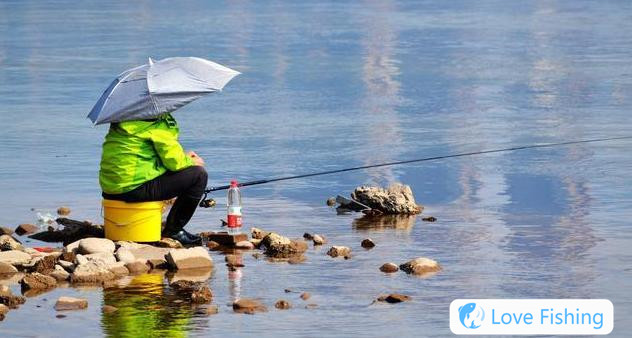
It's the best. In this weather, breams are very active and have a strong appetite, which is very conducive to fishing. In addition, in weather with sudden or continuous rise in air pressure, breams will also be very enthusiastic about eating. Bream is also very easy to catch at this time. On the contrary, if the air pressure is low and very stuffy, side fish will basically not open their mouths for food. In this kind of weather, you can generally not catch breams.
When choosing a fishing spot for bream fishing, the choice of fishing spots in different waters is also different. If you are fishing in a river with overgrown water plants, it is indeed not easy for fish to swim into the water plants to find food because of the dense water plants intertwined. If the side fish want to forage, they can only go to the edge of the aquatic plants or the larger grass holes on the edge of the aquatic plants. Therefore, when choosing a fishing spot for bream fishing, these aquatic grass edges and grass holes are good choices. If you are fishing in a water with a larger water surface, when choosing a fishing position, you can choose the sliding tip of the water, the turning point or the back bend. In these places, the water flow is generally relatively flat and there are abundant foods. When the fish swim here, they will also stay here for food. So the sliding tip turns and back bends in these waters are good spots for fishing breams. If we fish in smaller waters, there are neither slippery tips nor many aquatic plants, then when we choose the fishing spot, we must choose the depth and shade of the waters.
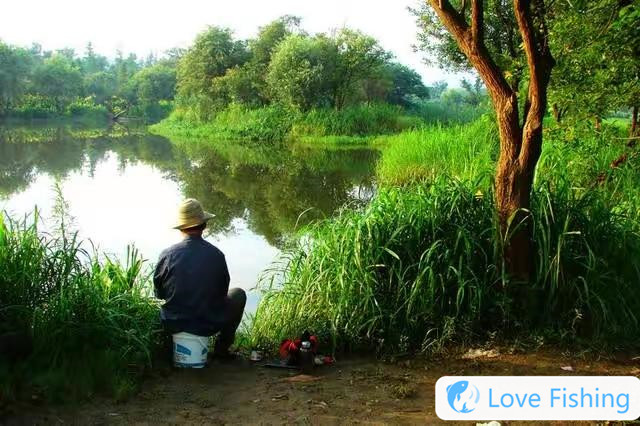
In such smaller waters, fish generally like to move again, so it is very good to choose the fishing spot at this depth junction for bream fishing at this point. When choosing a fishing spot when fishing for bream, it depends on the water flow in the fishing water area. If the water you are fishing is still water, then side fish will like to move around the edges of overgrown aquatic plants, because the water quality is generally lighter at the edges of this kind of water, and there is also more food. Breams are both safe and abundant in food, so breams generally like to forage here. When we fish for breams, we will basically have good fish catches when choosing a fishing spot in this place. If you are stir-frying fish in a moving water area, you like to move in places where there is sand at the bottom of the water and the water flow is relatively gentle, so these places are all for fishing, which is very good for fishing. When choosing a fishing spot for bream fish, there is another thing to note, that is, in the moving waters, side fish generally move under the water flow, so when fishing, you should choose the fishing spot below the water flow. In windy weather, side fish will basically move and forage at the downwind outlet of the water. Therefore, when fishing for bream, you should choose the fishing position at the downwind.
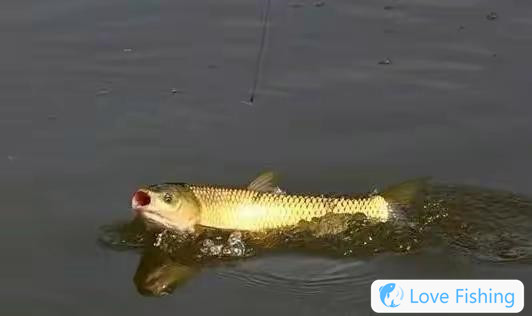
When fishing for bream, you usually have to make a nest first. When making a nest, you can choose fresh tender corn or fermented corn and wheat grains. In order to lure fish into the nest faster, when making the nest, you can add wheat bran or rapeseed cakes and other atomized nest materials, so that the combination of virtual and real can be achieved. Quickly lure fish into the nest. Of course, some commercial pellet nests for fishing fish are also very effective in attracting fish, and can also be used when making nests. When fishing with bait, you can usually hang fresh and tender corn or fermented corn. Because bream is of mixed food, you can also use some products and baits when fishing bream, and the effect is also very good.
In terms of online grouping, since the bream has a relatively small mouth, you can choose the corresponding size of fish hooks when fishing. Commonly used ones include Haixi hook, Shin Kanto, Izu and other fish hooks. When fishing, we can choose different sizes of fish hooks according to the actual fish situation. Generally speaking, Haixiu hook uses No. 4 to 6, and Xin Kanto uses No. 0.5 to 0.8. Izu hooks are available in numbers 5 to 7. Since the bream is small, when choosing a fishing line, you can choose the main line No. 1 plus sub-line No. 0.6 or sub-line No. 1.5 plus sub-line No. 0.8 to select a float of 1.2 to 3 grams. Different fishing methods can be used in different seasons. In early summer, breams usually leave the bottom layer, so when we are fishing breams, we can catch the bottom of the carp or float. When fishing, we can search slowly from the bottom of the water until we find the fish layer.
The above are some questions about how to fish in early summer, and I hope it can help everyone. At the same time, I hope everyone will leave a message in the comment area and like and follow. This is all for this video, see you next time.
About us| Privacy Policy| Contact Us
Copyright © 2023-2030 Copyright@Love Fishing XML map